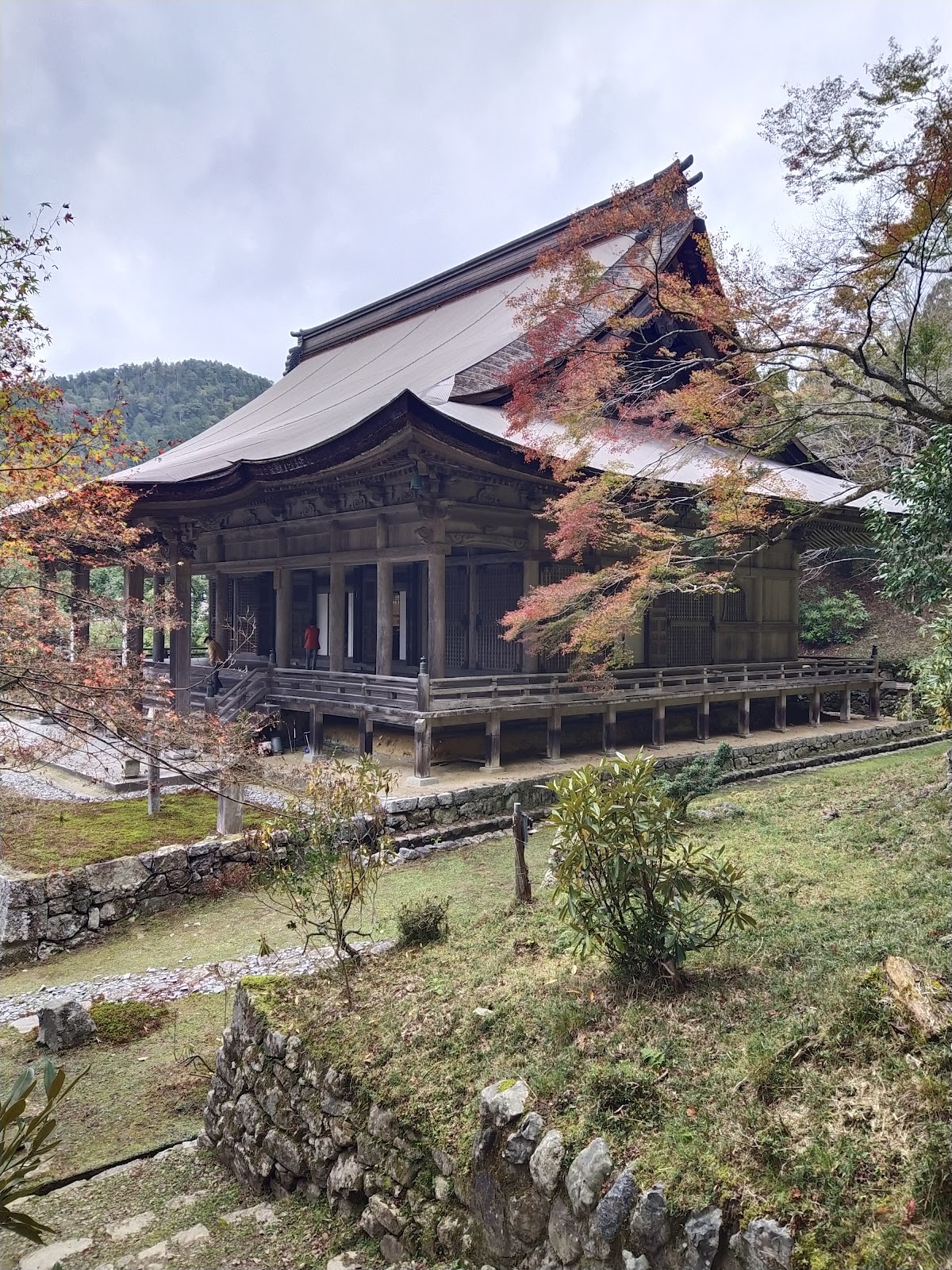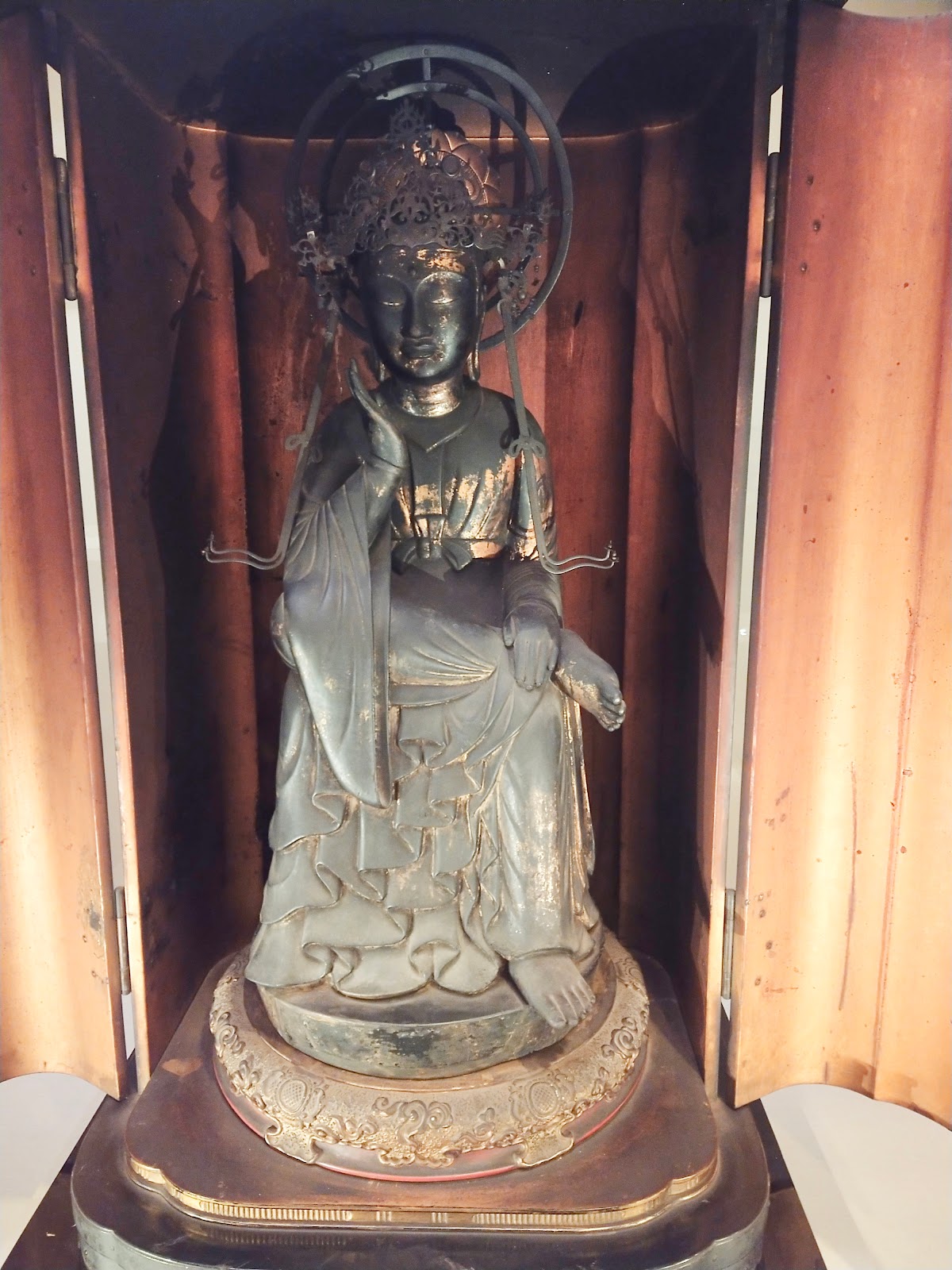Regular readers (all 3 of you - I think it may now be that low!) will recall that I have been preparing to see Wagner's Ring Cycle in Brisbane for about 3 years now - and finally, tomorrow night I get to see what all the fuss is about.
I'm going to the second in three runs of the cycle (so to speak) that Opera Australia is putting on at QPAC. The first run has just finished [oh, my mistake - it finishes tonight], and the reviews are, for the most part, positive.
I have to say, I have been a bit disappointed in the lack of national media attention given to the production - I think it fair to believe the publicity that is a pretty massive undertaking, and I get the feeling that if it was being held in Sydney or Melbourne, more attention would be being paid. I mean, I haven't even heard it being discussed on the ABC :(. I guess bad news in the rest of the world does have a bit of a crowding out effect, though.
Anyway, here is a review of the entire set of operas in The Guardian with lots of pretty pictures. The reviewer saw the dress rehearsals of all four, hence my earlier mistake. I hope I have the same reaction:
After Das Rheingold’s gentle 155 minutes, the following three shows are
much longer, but each have two welcome (and necessary) intervals. And
yet across the show’s 15 hours, my alertness rarely flagged; the scale
of the production and its sensory impact keeps it compelling, and the
performances and pacing maintain momentum. As the Cycle headed to an
apocalyptic conclusion in Götterdämmerung (Twilight of the Gods), I felt
exhilarated – not only by Brunnhilde’s courage and wisdom to do what
the power-hungry men couldn’t, but by the endorphin hit of reaching the
finish line. (I even went back for the first two premieres, which took
my cumulative time watching the Ring Cycle to nearly 22 hours across
nine days.)
My only concern is that I am sitting in a cheap, high second balcony seat, but in the side and forward section of said balcony, so closer to the stage. I did check out the view from that part during the intermission in a stage show I saw there a couple of years ago, and I think it should be OK? But it was a cheap seat, so I guess there must a reason for that, apart from the height. Can I see the subtitles? Would be a problem if I couldn't!
There is something else I want to talk about in this post - but I will have to come back later to explain...
Update: The other thing I wanted to add was that, given that I have reading about Buddhism lately, I Googled the topic "Wagner and Buddhism" just out of curiosity.
It turns out (and in truth, I think I may have noticed this before somewhere on line, but didn't read much about it at the time) that Wagner was indeed interested in the religion, and in fact, started to plan an opera directly influenced by Indian Buddhism.
This essay - well, a lecture given by a Wagnerian scholar in 2013 - explains a lot, and is rather interesting in the more general picture it paints of German interest in Orientalism in the 19th century. For example:
His interest in the east had been stimulated by his brother-in-law,
Hermann Brockhaus who had married Wagner’s sister Ottilie in 1836.
Hermann was an orientalist, and in 1848 he was appointed to the chair of
ancient languages and literature at Leipzig University, specialising in
Persian and Sanskrit. German, French and English philologists had
discovered that Sanskrit – the liturgical and scholarly language of
Hinduism, Buddhism and Jainism – had much in common with European
languages. All belong to the Indo-European linguistic family. Some
scholars went further, arguing that there were also cultural connections
via a common Indo-European ancestry.
In 1872 the Danish historian and critic Georg Brandes offered his own
explanation for this sudden fascination with Indian culture. ‘It was not
a surprise’ he wrote, ‘that there came a moment in German history when
they – the Germans – started to absorb and to utilize the intellectual
achievements and the culture of ancient India. It is because Germany –
great, dark and rich in dreams and thoughts – is in reality a modern
India. Nowhere else in world history has metaphysics bereft of any
empirical research achieved such a high level of development as in
ancient India and modern Germany.’
The American scholar, Suzanne Marchand, has written that the Germans
were ‘the most important orientalist scholars between about 1830 and
1930, despite having virtually no colonies in the east’. The effect of
this, she maintains, was that German orientalism, especially the study
of Zoroastrian Persia, India and Mesopotamia, helped to destroy western
self-satisfaction, and to provoke a momentous change in the culture of
the west: the relinquishing of Judeo/Christian and classical antique
models as universal norms.
If this argument can be sustained, then it must be said that Richard
Wagner made a noteworthy contribution to the process. During the last
three decades of his life, he demonstrated a serious interest in the two
great religions of India and, in a letter to Liszt of 1855 wrote
admiringly of ‘the oldest and most sacred religion known to man, Brahman
teaching and its final transfiguration in Buddhism, where it achieved
its most perfect form’. He held the view that Christianity, although
first appearing in the Greco-Roman world, had its distinguishing roots
in India. One can find shared moral principles in the teachings of Jesus
and the historical Buddha Shakyamuni who lived in the fifth century BC.
In the same letter to Liszt, Wagner cited contemporary research
suggesting that Buddhist ideas had flowed westwards after the spread of
Alexander’s empire to the Indus in 327 BC, and had influenced Christian
doctrine. Whether or not Buddhism did, in fact, have any influence on
Christianity, all that matters for our purposes is that Wagner believed
that it did, and this belief shaped his works, especially Parsifal.
Well, what a coincidence that I had, back in 2020, posted about the distinct possibility that Buddhism had reached Egypt (and other nearby places) well before Christ.
Seems that all my interests of the last few years are colliding into each other.
Perhaps I've primed myself for a sudden religious conversion - except that my personality seems extremely adverse to sudden enlightenment on anything.





























%20Prof%20Sandy%20O'Sullivan%20(Wiradjuri%20trans%20they_them)%20(@sandyosullivan)%20_%20X.png)
%20Senator%20Briggs%20(Biblically%20Accurate)%20(@Briggs)%20_%20X.png)
%20Senator%20Briggs%20(Biblically%20Accurate)%20(@Briggs)%20_%20X.png)
%20Zionist%20Federation%20of%20Australia%20on%20X%20Distinguished%20Indigenous%20leader%20Professor%20Marcia%20Langton%20writes%20%E2%80%9CAs%20an%20Indigenous%20Australian%20I%20can%20have%20little%20effect%20in%20stopping%20these%20hor%5B...%5D.png)
%20James%20Blackwell%20(@BlackwellJ_)%20_%20X.png)
%20Margaret%20Sheil%20on%20X%20Very%20pleased%20to%20announce%20our%20new%20Indigenous%20Knowledges%20and%20Culture%20Faculty%20@QUT%20https%20__t.co_Uw8wQZdEcv%20@angela_leitch%20_%20X.png)





